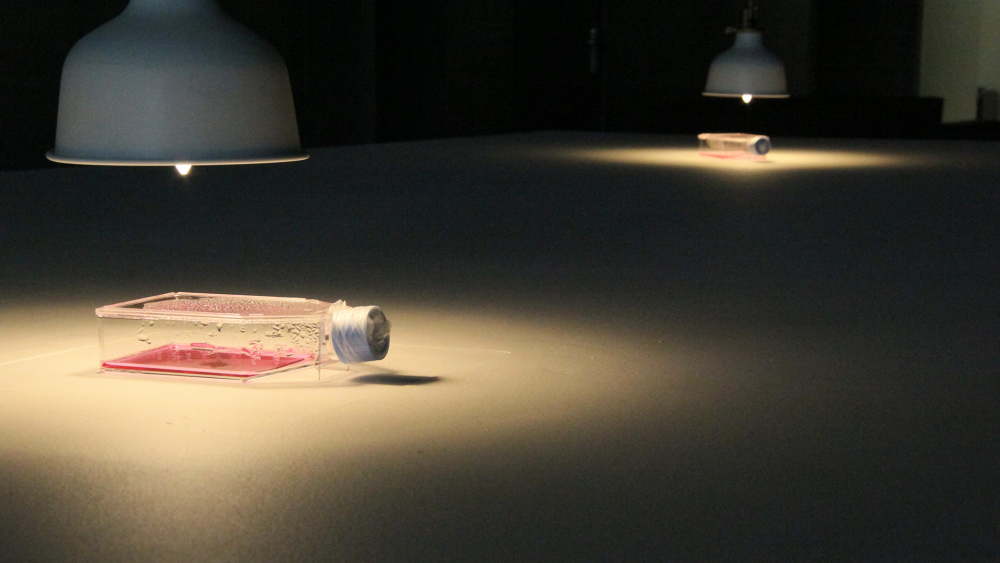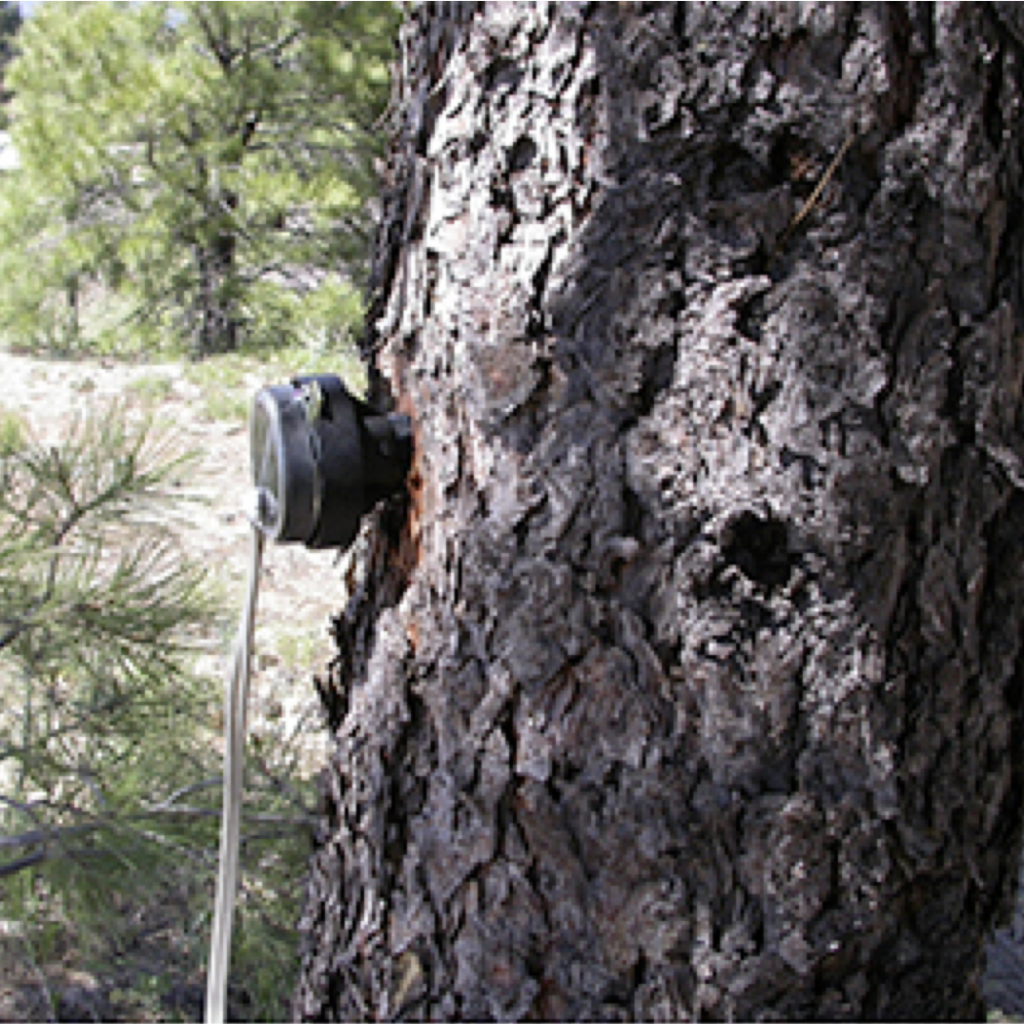Art & Science vs. The Arts and The Sciences
By: Laura Beloff, Aalto University
Keywords: art, science, technology, research, education, collaboration, transdisciplinarity, art & science, STEAM
One of the main founders of the Artificial Life field, Chris Langton, has famously defined artificial life in 1989: ‘not life as we know it but life as it could be’ (Langton 1989[1]). This definition has been primarily related to the field of computer science, but today it also fits very well to the developments in life sciences, biotechnology, synthetic biology and etc. Many of the recent developments in these fields enable humans to design new features, faculties and even aesthetics of organisms, as well as impact their habitat directly or indirectly.
Interesting is how today’s advancements in science and technology increasingly intertwine with cultural aspects and artistic processes. During the last two decades, art & science[2] has emerged as a field investigating scientific methods, technological advancements and societal implications. In spite of its name, this young field is currently recognized mainly within the art field – and less so within the (academic) science field. Majority of the art-based investigations, projects, initiatives and produced knowledge stay as ‘results’ within the arts and are scarcely noticed by the scientific areas.
The knowledge produced within the arts often consists of e.g. conceptual, philosophical, and even moral questions concerning science, technology and their methodologies. Typically, these kinds of questions are not included in the discussions within the science research although they emerge from science practices.
One should point out that this separation between artistic and scientific/technological research and practices is especially noticeable in the academic realm, whereas in the DIY and other non-academic activities this division is not as distinct. The participation in the non-academic activities, for example, workshops, are typically announced to be open for any/everyone who is interested in the topic. The DIY activities are often initiated by cultural organizations in Europe and although they are widely open for participation, there is a recognizable tendency that the majority of participants are affiliated with the arts and cultural fields – mixed with occasional scientists. Nevertheless and in comparison to existing academic traditions, the organized non-academic workshops foster possibilities to learn from each other because the separation of expertise, tasks and disciplines is not predefined. One could see these transdisciplinary initiatives as potential models for the future of (academic) education that fosters the multiplicity of perspectives. One can say that today these non-academic initiatives are spot-on in their alternative and transdisciplinary approaches to education, and potentially have more success (than academic fields) in addressing the wicked problems we are facing concerning our planet, western lifestyles and humanity as a whole.
When looking at the academic educational field and the separation of artistic and scientific practices, which is also visible in the recently emerged art & science area – like stated in the second paragraph. One can ask – what is wrong with the fact that artistic outputs from the art & science-area are recognized and visible only in the field of the arts? Obviously, there is not necessarily anything wrong with this as it has been the state of the affairs for a long time and derives from the separation of the arts and the sciences. But I propose, it could also be different – at least in the future. However, the change might not be as straight forward as we would wish and the word different brings up many questions. Here are few of them mixed with examples of art & science projects:
- What would be the role of art if the field of art & science would be located concretely in-between the arts and the sciences, and expectations for the output is also defined by the science field in collaboration with the arts?
Like already mentioned, very often the art & science field produces results solely to the art field, and it is common that the collaboration means that the scientific expert supports the artist in the scientific aspects of the project. Rarely it means that the art expert supports the scientist or that the result is interesting and acceptable to both experts and featured on the forums of both fields.

The Aftertaste is an on-going project by Jill Scott and Marille Hahne, which is a part of a European science project evaluating NMBP and BIOTEC research that is focused on Chicory-plant and its health benefits[3]. Scott and Hahne are part of the project through the Art Science Node in Berlin; they are developing an innovative communication strategy using art & science to share a wide range of research on the chicory plant with the public.
- What kind of new art-ideologies would need to emerge that would support the development of art & science field and collaboration?
Similar to any other field, art has its own ideologies, trends and interests, which are shifting with times. Some of the ideologies are very strong, such as the autonomy of art as well as the artistic freedom that typically references the possibility to imagine without political and state control or other external pressures.

Artist and educator Kathy High begun the project Kathy As Bowie in 2015[4]. As an artist and a patient with Crohn’s disease, High’s interest in gut microbiota begun with her own body. Kathy As Bowie is a performative art work addressing identity with an attempt to share gut microbiome via fecal transplantation (FMT), which is suggested by the science research to be a promising treatment for Crohn’s disease[5]. In 2015 Kathy High contacted David Bowie and offered photographs by her in exchange for his poop sample. The request and offer were never completed as Bowie died in 2016. The project embraces metaphors of interspecies love and aims to understand the important function of bacteria in our bodies.
- Could the scientists be able to hold on to the scientific legitimacy when conducting serious collaborations with the arts?
Looking from the artist’s (the author) perspective – there are hardly examples of projects that would have artists working parallel with scientists on projects which results are similarly recognized by the sciences.
David Dunn, Music Professor in UC Santa Cruz, has developed with two scientists Richard Hofstetter and Reagan McGuire from Northern Arizona University, a patented device that uses sound to disrupt the feeding, communication, reproduction, and various other essential behaviors of the bark beetles with an aim for managing the insect infestation in large forests[6]. The collaboration began through interest sparked by Dunn’s released composition that used a wide variety of sounds from the life cycle of bark beetles. David Dunn was contacted by scientists doing bio-acoustic research, which led to a long-term collaboration across art, science and technology. Dunn and this project point out that artists are as much involved in designing new tools as the scientific community. One could claim that partly this is due to digitalization of our tools – today artists and scientists share similar tools, such as computers. One of the aspects that seem not to be addressed by Dunn or his colleagues is the ethical questions of deciding who gets to survive; the forest or the beetle community?
- Would the general public accept these developments – as the public money is one of the main funding sources in Europe?
It is clear that there needs to be a long-term educational work done in the field of the arts and the sciences, which should begin already during the primary education years. Creating change and public acceptance for alternative models contesting the current single disciplinary tradition is simply slow work that also requires justification with evidence.
Artist Adam Zaretsky often challenges the ethical and legal boundaries with his projects. The Errorarium from 2013, was a habitat for the zebra fish embryos injected with GMO (gene modified) algae[7]. The proposed goal was to have the embryos grow up as self-sustaining organisms, which can produce nutrition from sunlight in a similar way as plants. By manipulating the light and sound in the installation a visitor could potentially make contact and impact the living environment of the zebra fish. The work also points out how little room there is within the scientific framework to question technologies and their ethical, political and even economic implications for the planet and us (humans).
These examples above give a glimpse to the wide range of (artistic) practices within the art & science field. The few questions (which emerged among many others) in this text express some of the challenges the development of true collaboration between the (academic) artistic and scientific fields may encounter.
It is very clear that the academic research and its categorization into distinct disciplines need to change – the current single-disciplinary model is no longer able to address our complex reality of living on this planet. Potentially the European academic institutions could look towards DIY, non-academic and cultural activities that pride themselves upon inclusive, participatory and open approaches.
And lastly, as the human society, we need to find, shape, imagine and share new scenarios of our future – as Ursula Le Guin has said: “The truth is a matter of imagination.”
[1] Langton, C. G. (1989). Artificial Life. In C. G. Langton (Ed.), Artificial Life. Addison-Wesley Publishing Company. https://doi.org/10.2307/1575317
[2] In this article I use the term art & science in reference to practices across art, science and technology.
[6] https://artscience-node.com/chic-consortium/
http://chicproject.eu/what-is-chic/
https://www.jillscott.org/news.html
[4] https://www.kathyhigh.com/projects/kathy-as-bowie/
[5] https://www.ncbi.nlm.nih.gov/pmc/articles/PMC6620877/
[6] https://news.ucsc.edu/2017/02/bark-beetles-dunn.html
https://www.researchgate.net/publication/257534859_Using_Acoustic_Technology_to_Reduce_Bark_Beetle_Reproduction
https://www.youtube.com/watch?v=P2YMw7Lx3Fo
[7] https://waag.org/en/article/errorarium-van-adam-zaretsky
https://waag.org/en/article/artwork-adam-zaretsky-causes-embarrassment-ministry




Add a Comment